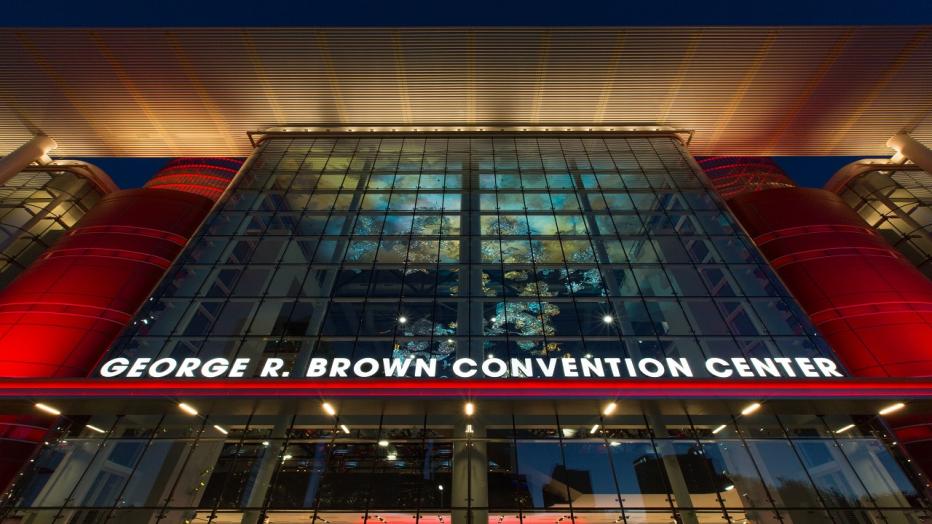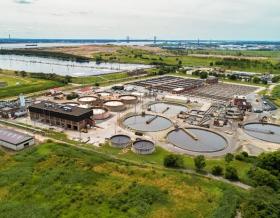
Houston, Texas is widely known for its space and science contributions. NASA’s Lyndon B. Johnson Space Center sits just south of the city, its professional basketball team is The Rockets and it’s affectionally nicknamed Space City, which stems from Houston being one of the first words spoken from the moon. But did you know that the city ranks as one of the top 25 major U.S. cities for convention, conference and seminar travelers?
Houston – home to one of the nation's 10th largest convention centers, the George R. Brown Convention Center – hosted more than 431 conventions, events and shows in 2016, drawing in nearly 630,000 attendees and an estimated economic impact of $253 million. Named for Houstonian George Rufus Brown, an internationally recognized entrepreneur, engineer and philanthropist who donated six of the 11 blocks necessary to build, the convention center first opened in the fall of 1987, grew from 1.15 million square feet to 1.8 million square feet in 2001, and added more connectivity with the surrounding neighborhoods with a 2014 expansion.
As Houston looks ahead to its future competitiveness and memorable visitor experience, Houston First Corporation, which operates the center and several other convention and art facilities, has chosen to yet again revitalize the iconic Houston fixture – partnering with Jacobs as its architect and engineer to lead a multi-discipline design team for the planned convention center improvements.
Our Global Vice President for the Built Environment Brad Simmons recently discussed the decade-long project, which could include additional work to tie in with Houston’s pursuit to host a World Cup, with the Houston Business Journal [full article available with subscription here].
“Any project starts with infrastructure and transportation, said Simmons in the article when asked how firms and cities start preparing for a project like submitting a World Cup bid. “Everyone thinks about the stadium itself, but it’s everything around: the transportation systems, water & wastewater, accommodations, and other support amenities… everything that happens around it to set it up as a major project.”
Alongside Houston First, the Jacobs team – which includes convention and exhibition facility design firm experts Populous, and landscape and architecture firm OJB – will plan, design and deliver visionary and technical solutions at the convention center and address opportunities offered by an ambitious 10-year highway project adjacent to the convention center and surrounding area.
The convention center’s eastern portion currently backs up to the elevated freeway, and the vision is to connect both sides of downtown Houston via a potential deck park. Our team will assist Houston First in modifications while ensuring that the convention center remains fully operational during construction and responds appropriately to this challenge, while improving mobility and connectivity with other Houston attractions like Minute Maid Park and BBVA Compass Stadium.
“We have an opportunity to be part of a project that will embrace a new gateway to East Downtown and make the convention center and its connections to this newly created space unique and versatile, while maintaining operational functionality,” said Simmons. “Our efforts will focus on helping Houston First continue delivering a positive experience for the community that results in repeat visits in both the business and leisure markets – both during construction of the North Houston Highway Improvement Project and for years to come.”
Despite Houston’s potential interest in hosting what Simmons calls “an iconic world event,” he believes the improvements would be happening regardless. “This could be a situation where you’re getting the best of both worlds,” he told Houston Business Journal. “The perfect storm has come together for these improvements. The World Cup can just be one of them.
























































